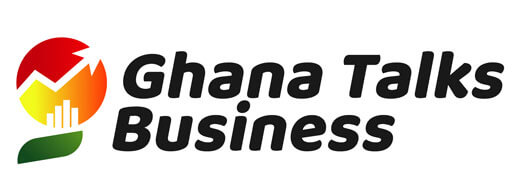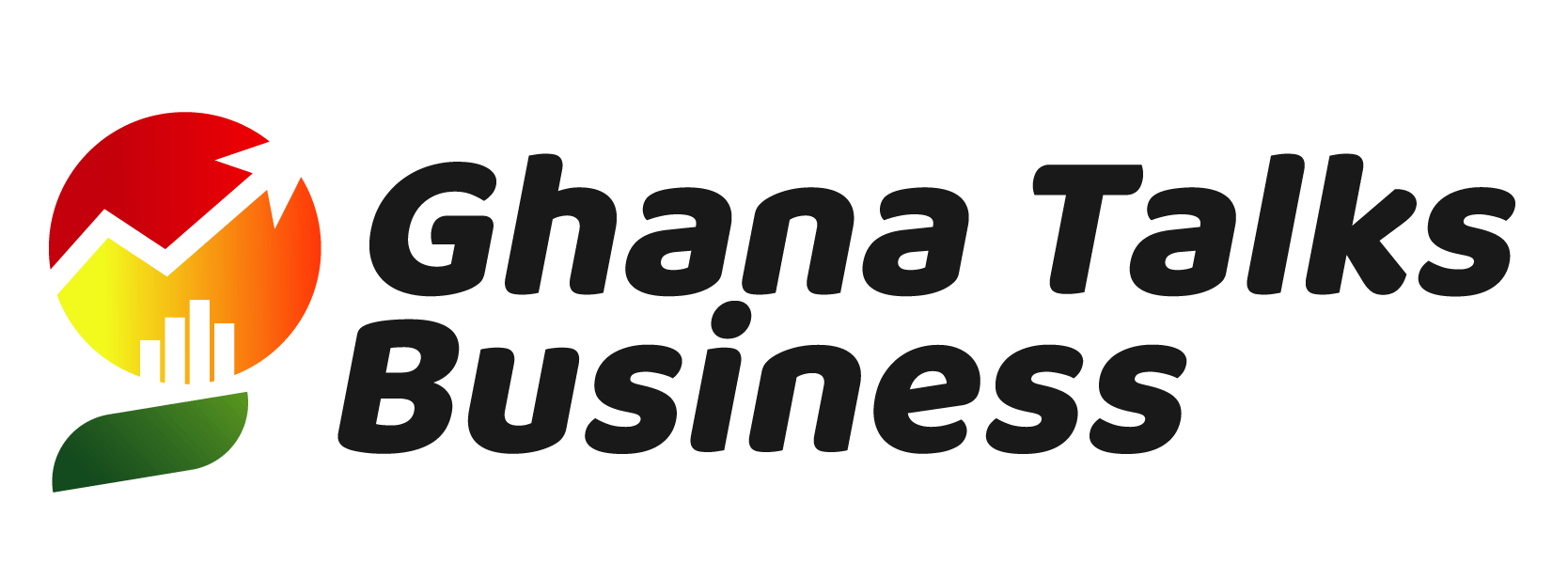
Over 10 billion Ghana Cedis has been allocated to the social sector to “consolidate progress” on pro-poor initiatives in 2016. The effectiveness of this planned spending, however, hinges on two things. Firstly, proper targeting and capability of initiatives such as LEAP (Livelihood Empowerment against Poverty) and capitation grants to shield poor segments of the population from the harsh repercussions of fiscal interventions and economically transition them to productive employment. Secondly, the sustainability of these initiatives. [1]
The main driver for the leap in the 2016 budgetary allocation for the social sector is compensation which went up by 4.7% (close to GHS 300m) compared to the 2015 allocation. Further, goods and services from government funds decreased by 74% (about GHS 78m) partly because government expended more in the previous budget. Capital expenditure in the sector is to be funded through retained internally generated funds (IGF) and grants. In a nutshell, the 2016 budget is not different from previous budgets except noticeable reduction in government spending on goods and services and significant retention in IGFs.

But what is the state of key programs and projects that the budget seeks to fund?
The LEAP program, which seeks to provide a safety net for the poorest and most marginalized groups comprising 3.7 million of the country’s population[1],, is having challenges with implementation yet government plans to scale it up to “250,000 beneficiary households in 2016 and strengthen the institutional arrangements for social protection” afterwards.[2] This is a classic case of putting the wagon before the wheel. The program, launched in 2008 with a coverage of over 71,000 households as of June 2013, is facing unsteady flow of cash transfers to beneficiaries, poor household consumption and utilization of health services. These have to be fixed before expansionary measures are taken and also, for the program to truly deliver on its outcomes.[3]
A recent study by the African Development Program revealed that 80% of LEAP beneficiaries do not know the amount due them whilst 85% are not aware of the number of times they should receive transfer. The study further showed that some “beneficiaries were not aware that being on LEAP grants them the opportunity to be automatic members of the NHIS”, hence these beneficiaries use their transfers to access healthcare leaving little for consumption on other necessities. [4] Unpredictability of cash grants and unawareness of program’s coverage can make beneficiaries resort to borrowing and moreover spend the little they have on items already covered in the program.
The government has commendably extended the program to cover over 400 lepers and 751 persons in witch camps. In addition, the government increased cash grants from GHS 36 to GHS 44, and thus will have implications for the health of an already challenged economy and will certainly trigger a spurt in cost of living reducing the purchasing power of LEAP beneficiaries. This will eventually defeat the goal of the program, which is, poverty reduction.
Government is also investing heavily in infrastructure in the health sector. The University of Ghana Teaching, Ridge and Upper West Regional Hospitals are beyond 50 percent complete whilst district hospitals in Takoradi, Fomena, Kumawu and Abetifi are still at their initial stages.[5] An allocation of GHS 33m from the annual budget funding amount (ABFA), derived from oil proceeds, was also made to the sector. But all these investments are situated in a curative paradigm.
The country loses GHS 2.7b to malaria (US$735m)[6], GHS 420m (US$110m) to poor sanitation[7], and 1.6% of its GDP (Gross Domestic Product) to vehicular accidents.[8] It will cost less to reduce these gruesome statistics by simply promoting community hygiene and sanitation, enforcing road regulations and reengineering our cities especially drainage and waste systems.
In the Education sector, government has started the progressively free secondary education programme at Ekumfi Otuam in the Central region. Three of the 200 community day senior high schools have been completed at Otuam, Bamianko and Nkwanta. Government also awarded capitation grant to 438,000 candidates who wrote their Basic Education Certificate Examination (BECE) exams this year.
The sad reality is that we are putting so many children into school but we are not educating them. It is frustrating to see all these outputs not translating into the desired outcome of quality education delivery to accelerate the socio-economic development of the country. The Northern Regional Director of Eucation, Paul Apanga described Ghana’s educational system as “quantity producing”, not quality. The basis for his description is that “when about 80 to 120 pupils were(are) assigned to a teacher in a classroom, there would be no quality education…”[9]
In a reaction to OECD’s (Organization for Economic Cooperation and Development) global rankings on Maths and Science education in which Ghana ranked 76th out of 76 countries, Anis Haffar, an Educationist, said, “I’ve taught outside the country and I can tell to the quality of teaching in Ghana; even the environment in which learning takes place; I mean look at our schools here, we don’t even have toilets; we don’t have water flush toilets; we don’t even have facilities for girls”.
In other words, what these gentlemen are saying is that an educational system built on a weak foundation saturated with teacher absenteeism, inadequate textbooks and writing tools, poor student motivation, congested classrooms and of course, absence of toilet facilities, is indeed a terrible system.
In conclusion, there are too many loose ends in the social sector for the 2016 budget to tie. To dissuade public thinking that the attempt to scale up the numerical coverage of programs such as LEAP is to boost electoral fortunes and garner slush funds, government has to fix the gaps inherent in the implementation of said programs. On LEAP, we have ensure timely release of funds to beneficiaries, monitor and evaluate spending of grants to identify areas of high expenditure and examine if it is on the path to poverty reduction.
On Education and Health, we have to sustain spending on the basics. The foundations of these sectors are quite weak. Lip service at the crèche and kindergarten levels explains the disaster at the subsequent levels of Education. We can spend less to achieve more in our educational system. We have a lot to learn from Finland, a country that spends around 30 percent less per student than the United States[10] and still rank tops in OECD’s global ranking in math and science.
How much does it cost to enforce bye laws on community sanitation compared to morbidity, mortality and treatment of filth induced diseases such as cholera and malaria? Far less. We have to strictly enforce existing laws on community health and continue investing on public sensitization workshops.
Finally, we have to pay attention to the countless monitoring and evaluation reports highlighting bottlenecks in the implementation of pro-poor initiatives. The stability of these interventions guarantees their sustainability and lasting impact on lives. We should not allow politics to get in the way of policies.
Ernest Armah is Head of the Center for Social Policy at IMANI.


